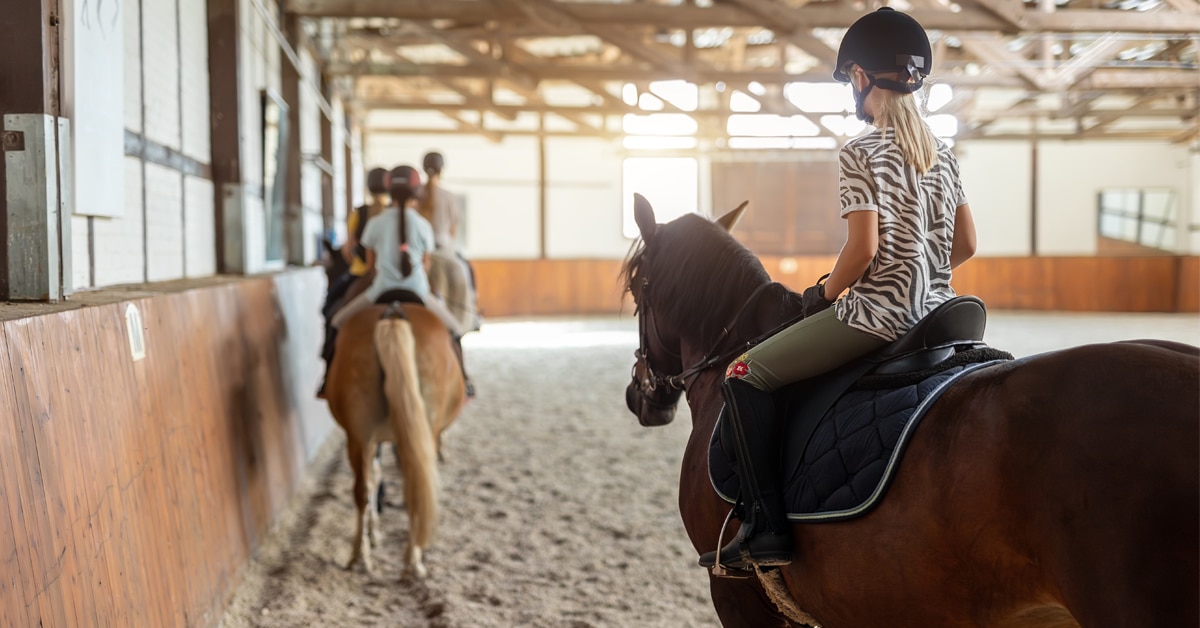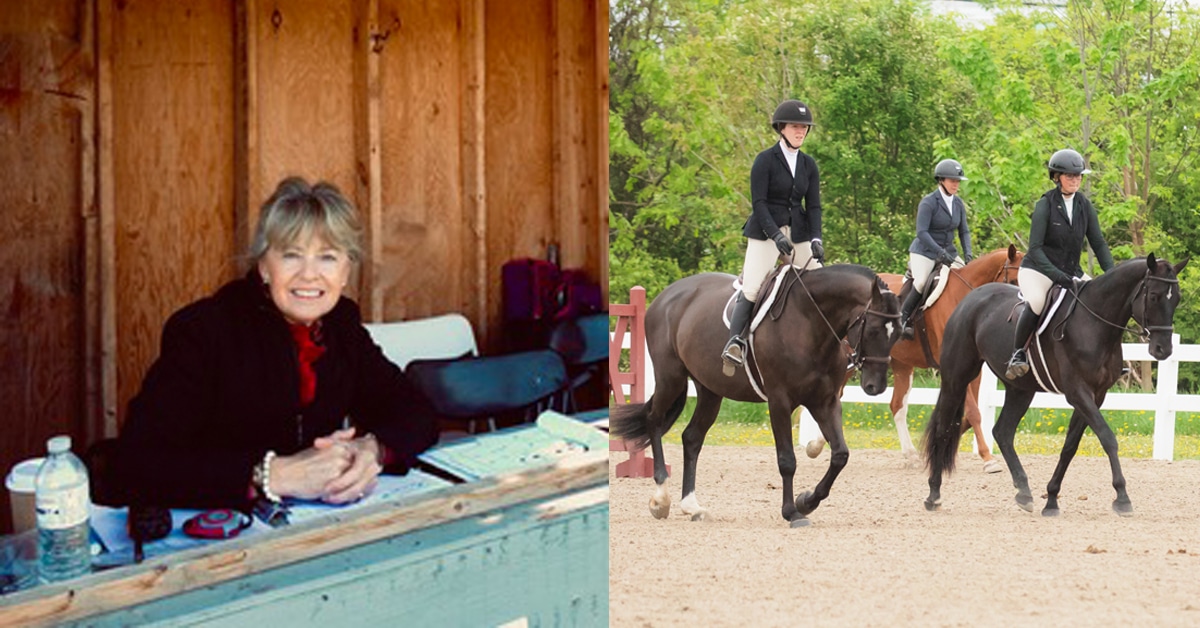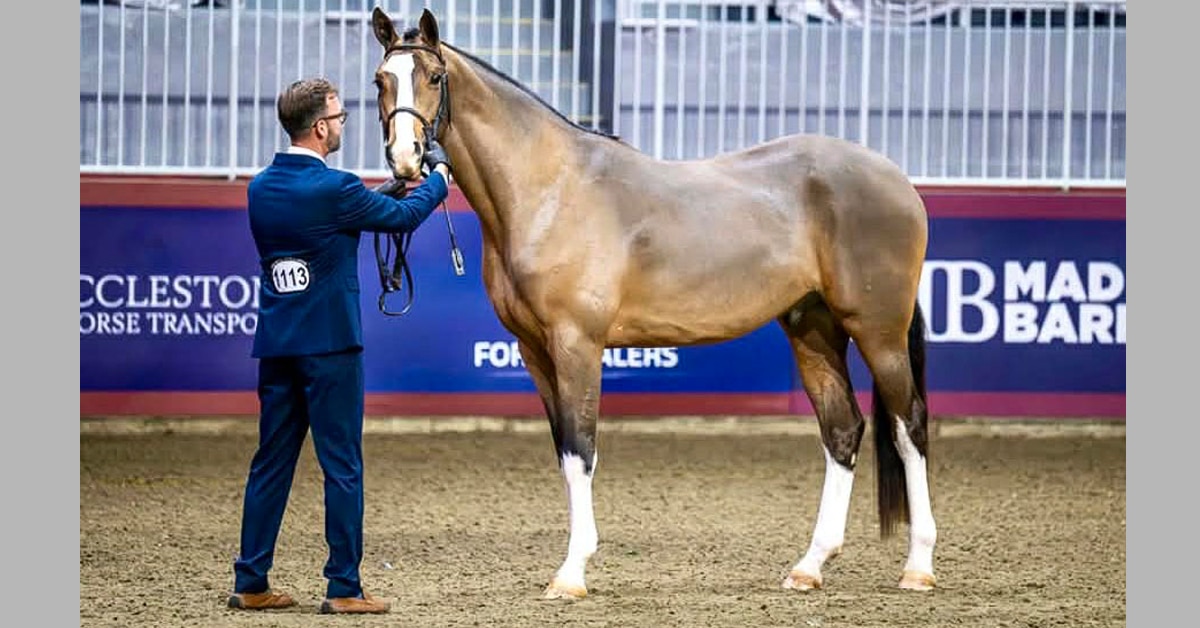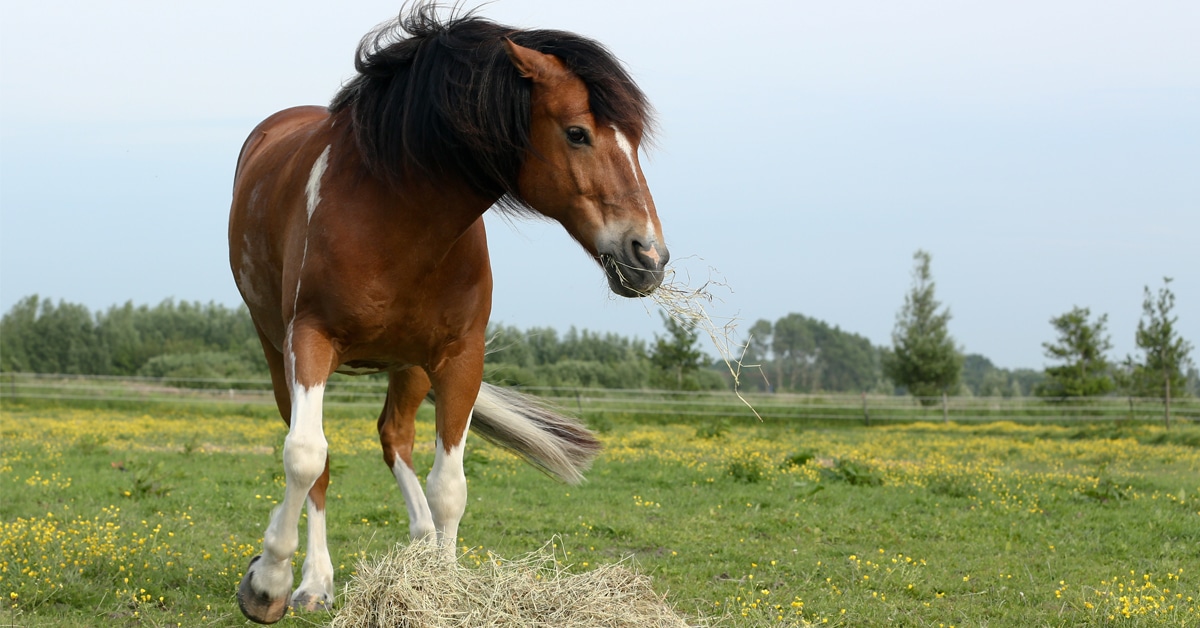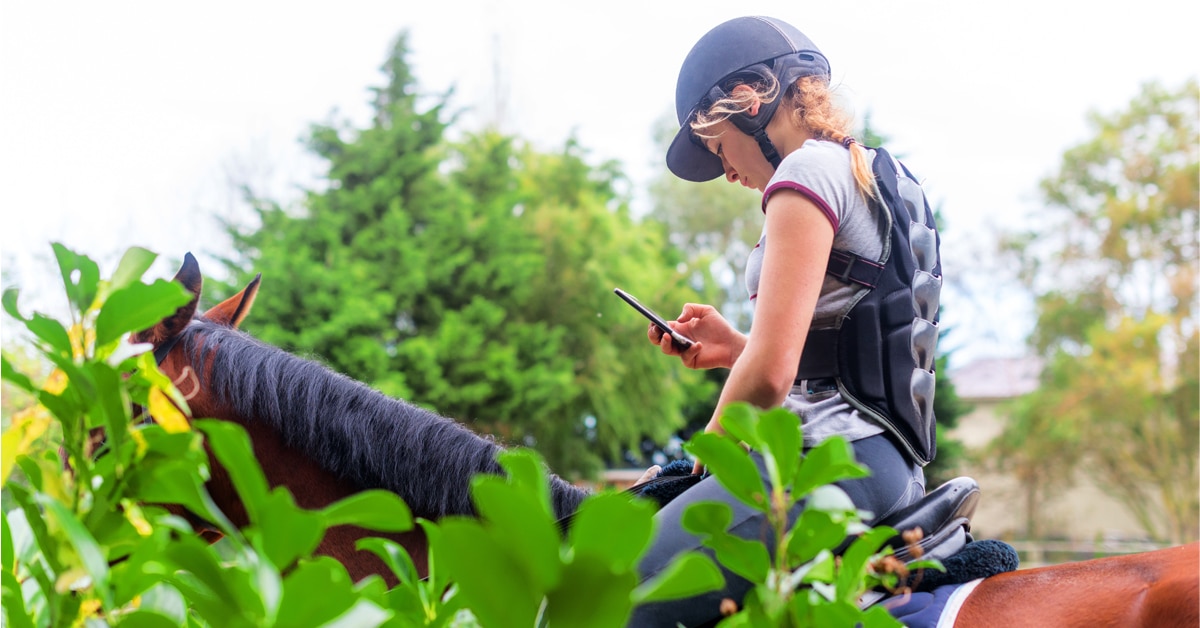Since we can’t ask our horses to fill in questionnaires or conduct interviews about their feelings, we don’t know if horses experience depression as humans do. Some researchers have noted that as many as 24% of horses display a withdrawn posture characterized by a rigid stance, immobile ears, fixed gaze, apparent indifference to their environment, and reluctance to establish eye contact with humans or other horses. This certainly looks like one of the key symptoms of major depressive disorder in humans – anhedonia – which is the total loss of interest in formerly pleasurable activities – friends, hobbies, work … even food and sex.
There is also evidence that horses may experience “learned helplessness” which occurs when horses (like other animals, including humans) face prolonged inescapable stress, and passively resign themselves to their dire circumstances even when the possibility of improving them has been introduced. Although learned helplessness is a logical adaptation when behaviour has no impact on consequences, it becomes maladaptive because it generalizes to other aspects of a horse’s world view and often results in ulcers, weight loss, and abnormal behaviours. Horses often face uncontrollable stressors in modern equine life (confinement, isolation, limited foraging opportunities, conflicting aids from aggressive or less-experienced riders, etc.), making them likely candidates for learned helplessness and depression.
The first step when horses don’t seem at their best is to rule out any potential physiological contributors. However, many conditions may be too subtle to be revealed in the typical one-hour vet visit. Horses’ expressions of pain are not obvious and they will often perform well in spite of suffering from serious physiological and psychological ailments.
At the Equine Behavior Clinic at New Bolton Centre, PA, equine behaviourist Dr. Sue McDonnell routinely puts her patients referred for behavioural issues under 24-hour video surveillance. Video footage provides behavioural information often not evident when the clinic is active, and clues to potential physiological ailments. She notes that 90% of her behavioural cases have a physiological basis which, when identified and treated, instantly resolves the behavioural issue.
Since our modern management practices have made ulcers such a ubiquitous problem (rates in sport horses vary from 60% to 85%), this is a good starting point. Conclusive ulcer diagnosis is only possible through endoscopy, but a less-invasive alternative recommended by some equine practitioners is to treat the horse with a short course of omeprazole. If the symptoms improve, this may well be the source of your horse’s lack of spark.
Interestingly, the treatment for both ulcers and depression is similar. More turn-out (pasture is the gold-standard when feasible), more munching time (reduce the quality and increase the quantity so that your horse has a continuously full gut for those active gastric juices), and more socializing (a turn-out buddy is the best; allowing your horses to touch is a next-best). If all else fails, spending more time with him yourself still beats solitary confinement!
The Latest

